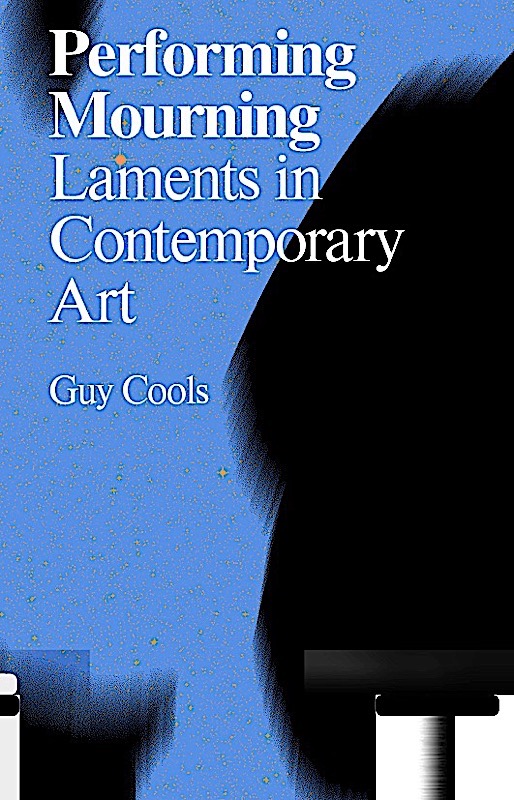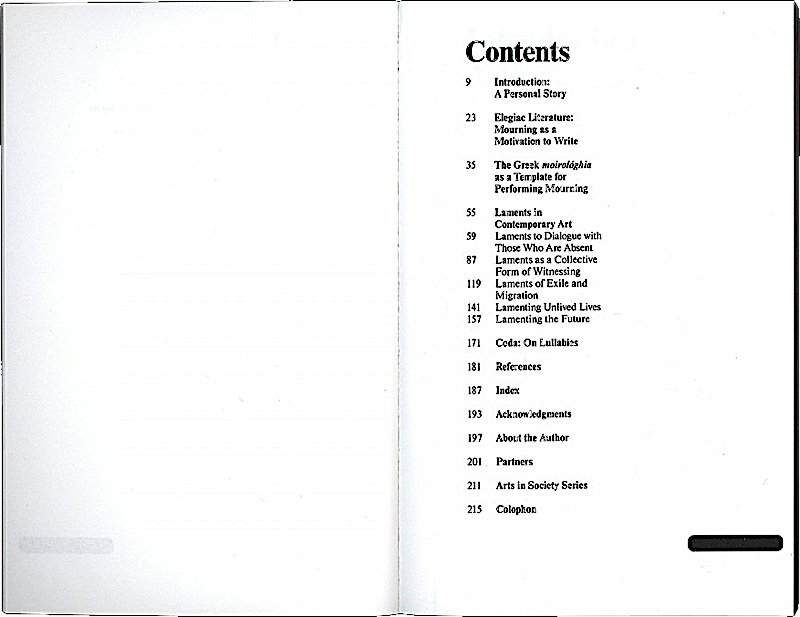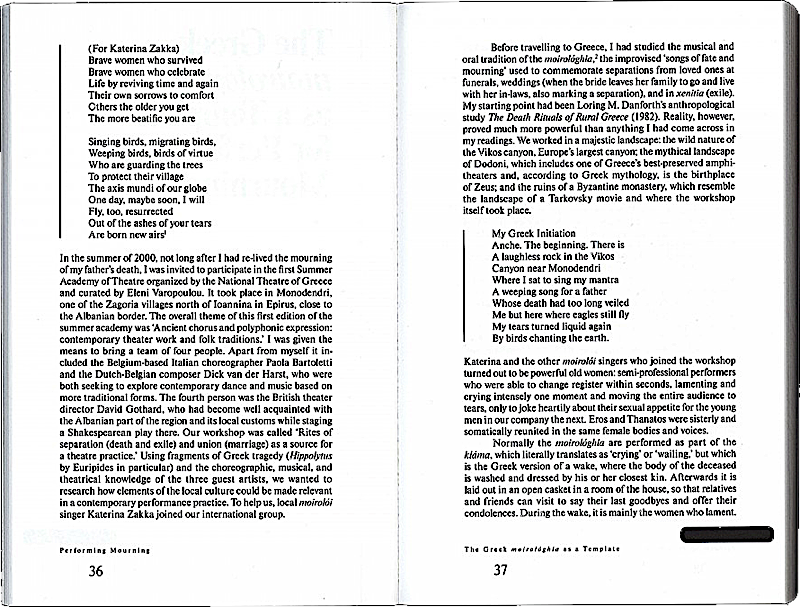Performing Mourning
Laments in Contemporary Art
Design by Metahaven
€22,50
In stock (can be backordered)**stock child *
The pandemic has once again made us more aware of the fragility of life and the importance of being able to properly mourn the dead. Dramaturg Guy Cools has been researching laments and other rituals of mourning. He is particularly interested in how the emotions of loss need to be externalized. The laments are a formal device, used in many cultures to express and contain the emotions of grief.
224 pages
Paperback, 13.5x21 cm
English
Valiz, 1st edition 2021
ISBN 9789492095985
Paperback, 13.5x21 cm
English
Valiz, 1st edition 2021
ISBN 9789492095985







